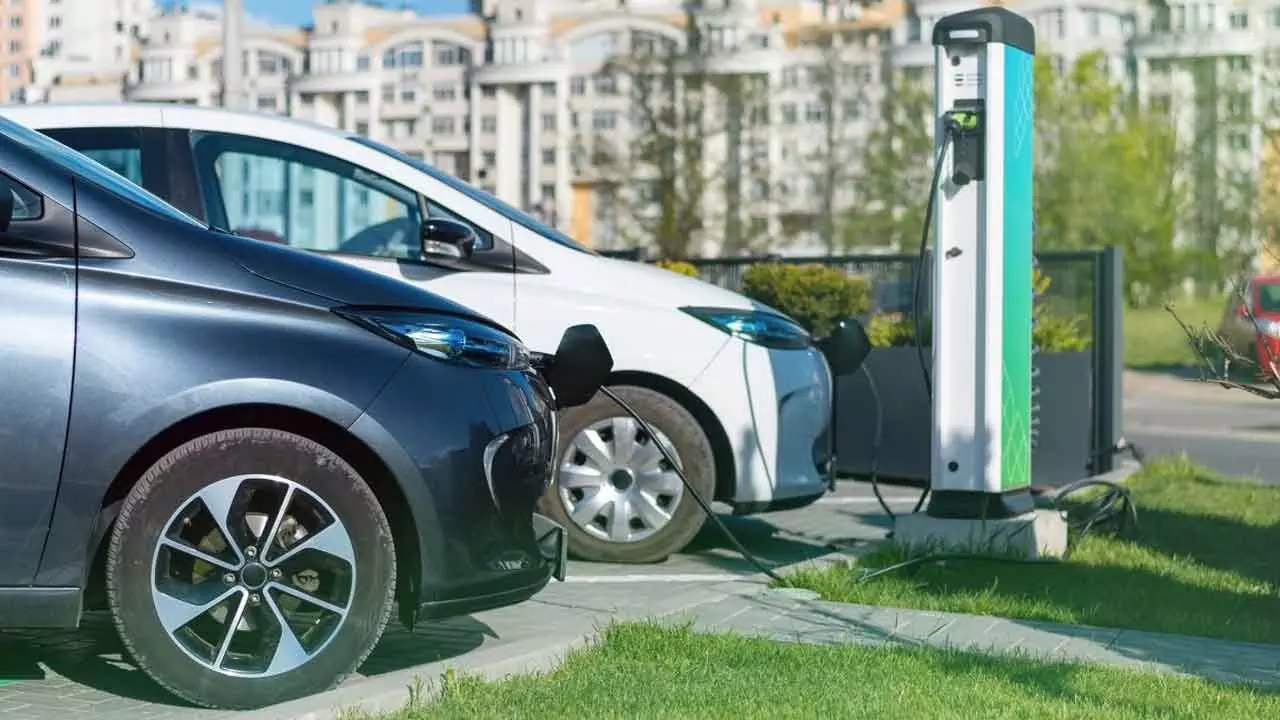How financial inclusion driving India’s EV adoption

Government incentives, including expanded subsidies and tax rebates, have led to a 20 per cent increase in loan uptake. This data highlights a growing trend in financial inclusion, driven by increased access, improved affordability, and supportive policies
The financial inclusion (FI) sector within the electric vehicle (EV) industry is rapidly expanding. As of 2024, the global EV financing market is valued at $25 billion, up from $18 billion in 2023, showing strong growth.
In India, about 15 per cent of EV buyers now use financing, a rise from 10 per cent in 2023. Loan disbursements for EVs in India have reached Rs 5,000 crore in 2024, up from Rs 3,200 crore the previous year. Interest rates for EV loans in India have decreased to 8.5 per cent, down from 9.2 per cent in 2023, making financing more affordable.
Government incentives, including expanded subsidies and tax rebates, have led to a 20 per cent increase in loan uptake. This data highlights a growing trend in financial inclusion, driven by increased access, improved affordability, and supportive policies.
Talking to Bizz Buzz, Nehal Gupta, Founder and Managing Director of Accelerated Money For U says, “This initiative will bridge the gap by increasing accessibility to EV financing, making electric vehicles more affordable for a broader audience. By reducing interest rates, expanding loan options, and providing targeted government incentives, we address financial barriers that previously limited EV adoption.”
This effort will particularly benefit underserved markets and low-income individuals, promoting inclusivity and accelerating the transition to sustainable transportation, Gupta said.
Enhanced financial support and lower costs will encourage more people to invest in EVs, thus supporting environmental goals and contributing to the broader adoption of clean energy solution.
The RBI defines Financial Inclusion as “the process of ensuring access to appropriate financial products and services needed by all sections of the society in general and vulnerable groups such as weaker sections and low income groups in particular at an affordable cost in a fair and transparent manner”. It is a key factor to enhancing economic growth and supporting individuals and families in planning for their financial security and enhancing their quality of life.
Sandeep Katiyar, Co-founder & CFO, Finhaat says, “Access to formal financial services has been a challenge for the rural and smaller towns in India; and particularly for the low-income category individuals and women. Across the years, Indian government has tried to bridge this gap by introducing initiatives like the PM Jan Dhan Yojna, Financial Literacy Initiatives, Atal Pension Yojna, PM Jeevan Jyoti Beema Yojana, PM Mudra Yojna etc. that allow easy access to banking services, insurance and credit. The Reserve Bank of India (RBI) introduced Financial Inclusion Inclusion Index (FI-Index) in 2021 to track these numbers closely.”
With initiatives taken to develop the India stack, there has been a push to leverage technology to increase the reach and availability of financial services to the hitherto underserved. Technology has allowed the institutional players to reduce their transactional costs of delivery and add efficiency in the system – allowing them to offer better customized products that are relevant, simple to implement and affordable.